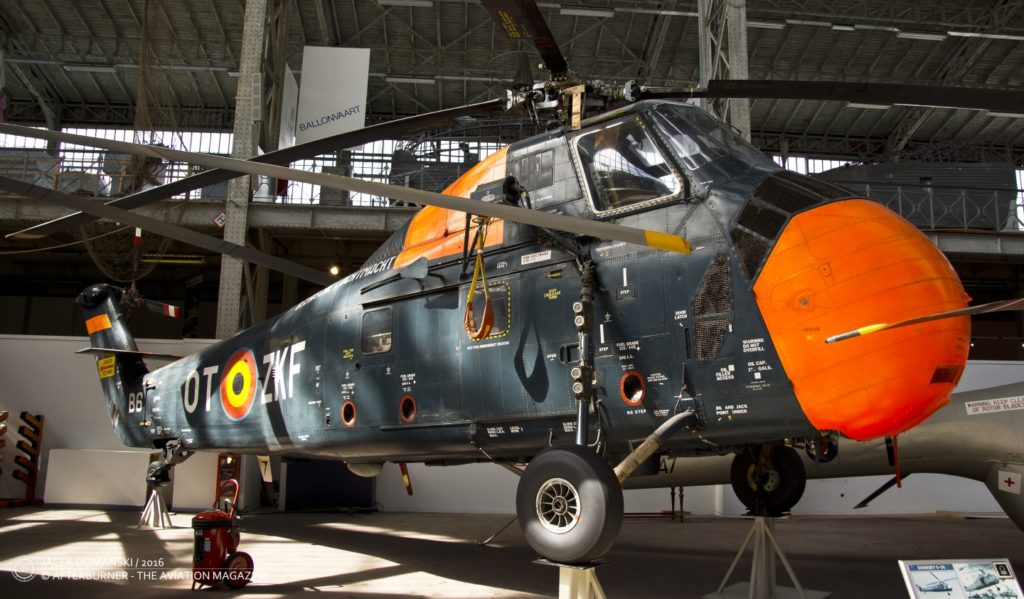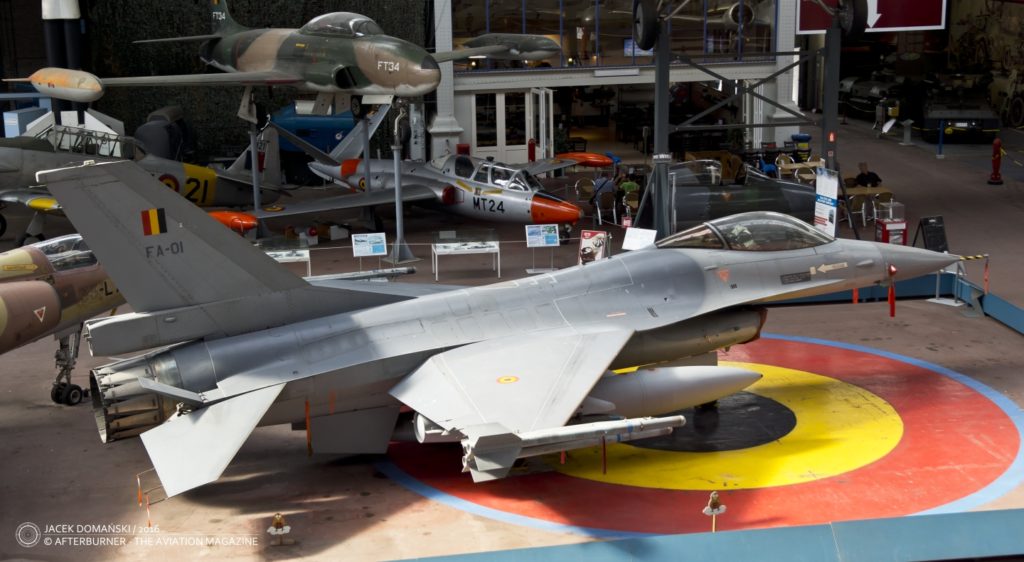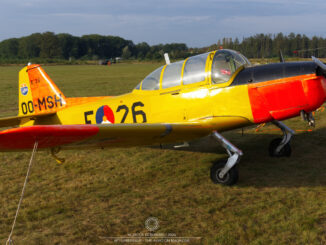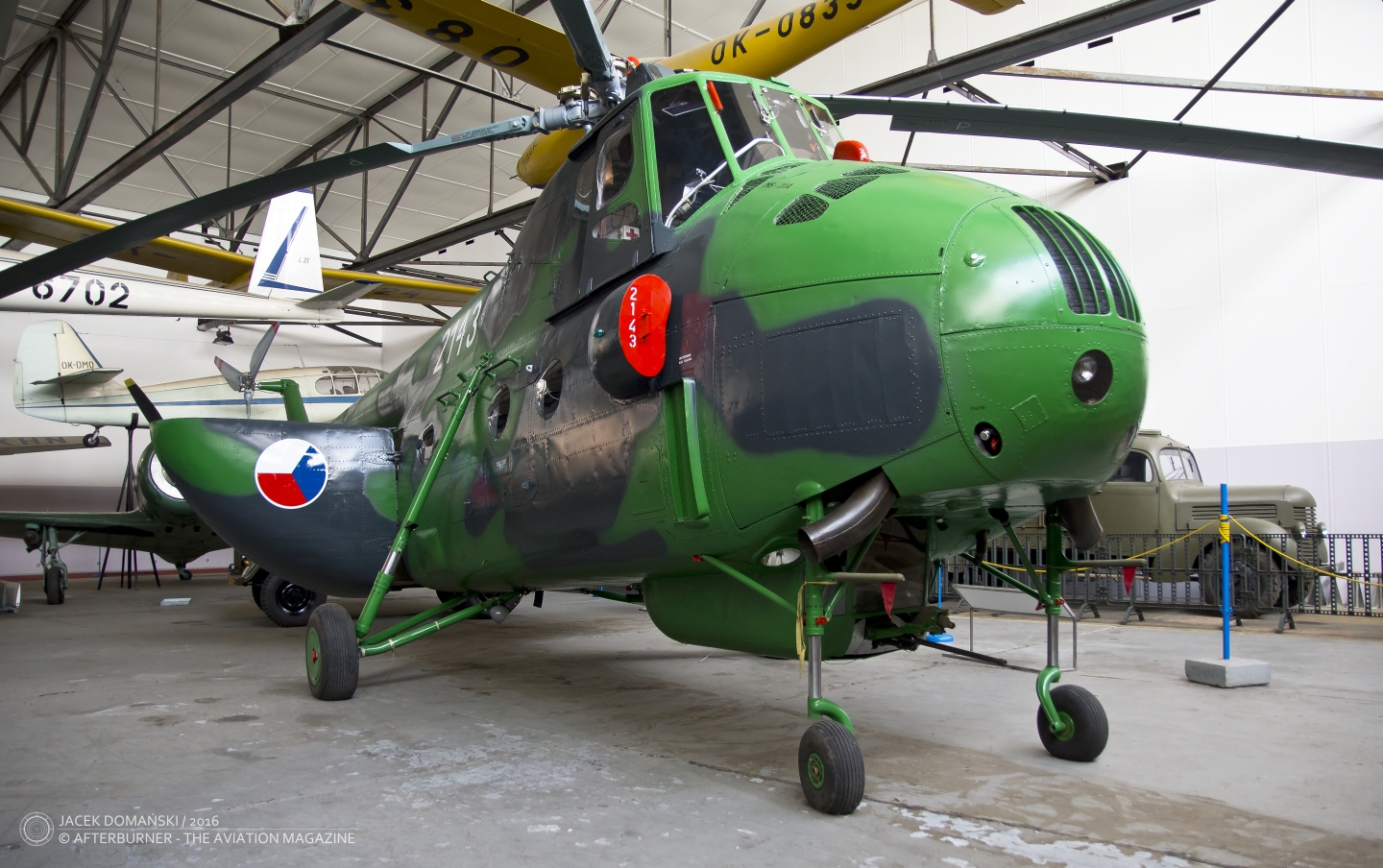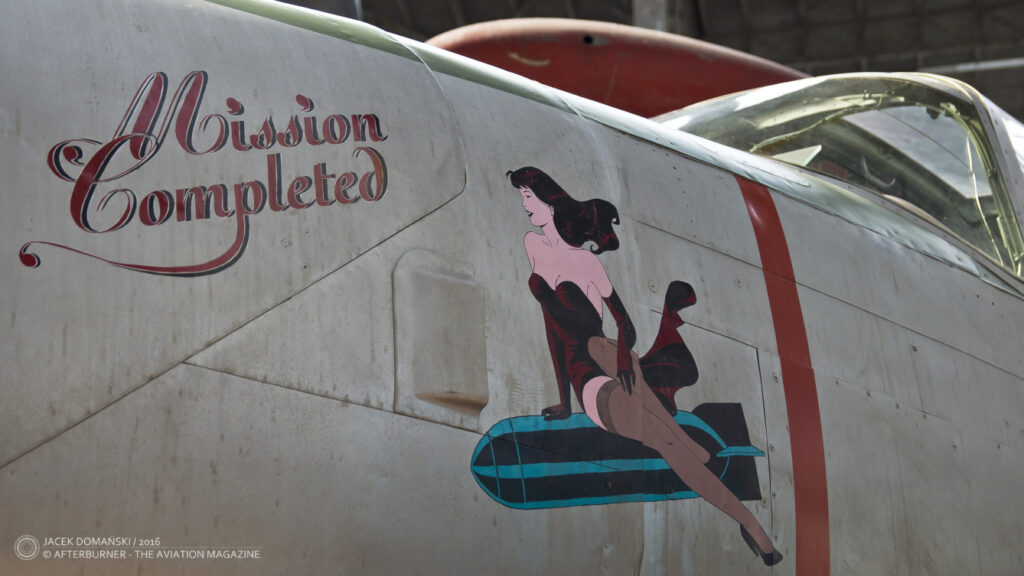 The history of the royal Belgian military museum dates back to 1910, when the first historical military exhibition was held in the area of Parc du Cinquantenaire / Jubelpark in Brussels.
The history of the royal Belgian military museum dates back to 1910, when the first historical military exhibition was held in the area of Parc du Cinquantenaire / Jubelpark in Brussels.
The Cinquantenaire complex was the former parade ground turned into an exhibition area to organize there the 1880 National Exhibition that commemorated the 50th anniversary of Belgian Revolution. In the coming years, the area was still used for trade fair and exhibition purposes, being officially named ´the Park of the Fiftieth Anniversary´. In 1888, Cinquantenaire hosted the Great International Contest for Science and Industry, and then the Brussels International Exposition of 1897.
The world´s fair, commonly known as just Expo, returned to the capital of Belgium in 1910. That year, Exposition Universelle et Internationale de Bruxelles (Brussels International Exposition) was organized in Solbosch district of Brussels and within the Cinquantenaire area. The fair was a great success and attracted approximately thirteen million of visitors.
An important part of the fair at Cinquantenaire was military history exhibition. It was arranged by Louis Leconte, a young Belgian officer that brought together approximately nine hundred objects illustrating the military history of Belgium.
Leconte´s exhibition gathered so much attention that, when the world´s fair was over, the collection was preserved in its entirety and moved to former buildings of the Military Academy. Shortly after, a military museum was officially established there with Louis Leconte in charge. Over the years, the collection was constantly growing, especially after the Great War. In 1923, it was decided to move the museum and its collection to the northern part of the Cinquantenaire complex, where it seats until today.
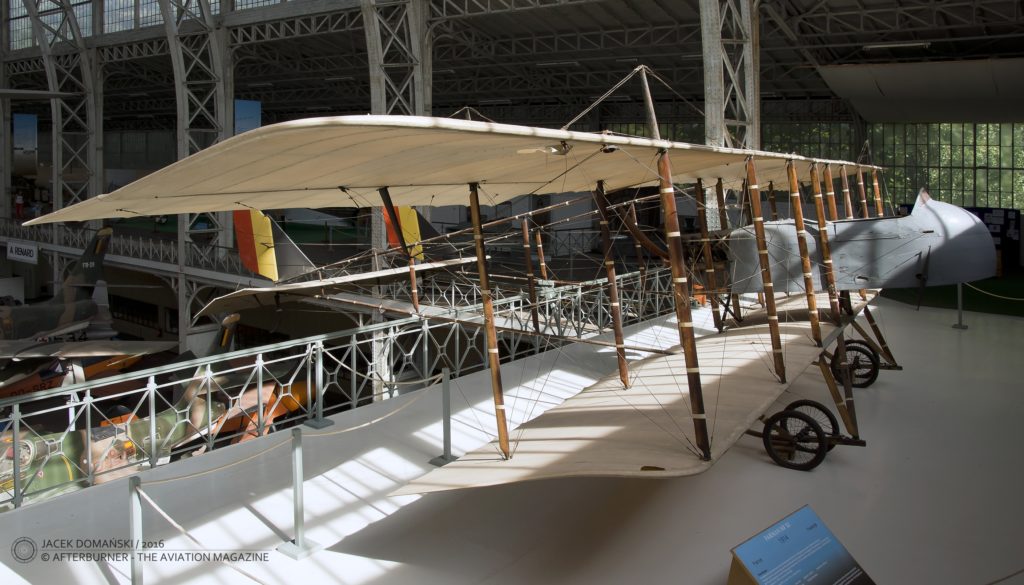
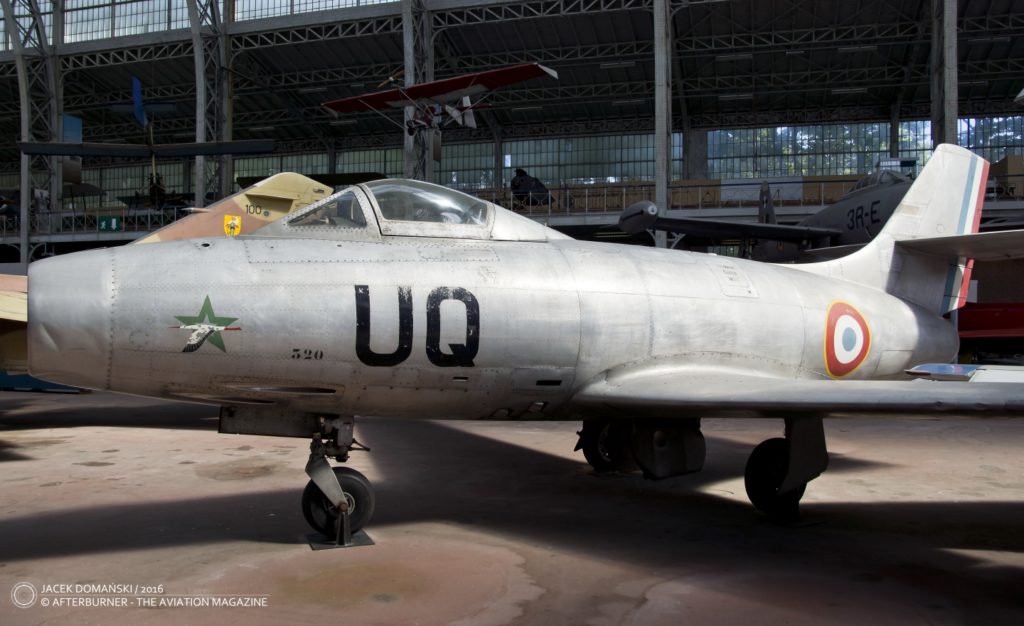
Nowadays, the Royal Museum of the Armed Forces and Military History (Musée royal de l’Armée et d’Histoire militaire / Koninklijk Museum van het Leger en de Krijgsgeschiedenis) occupies approximately 40,000 square metres of space within the Cinquantenaire area and, in addition, has four external branches located around Belgium. Its exhibition shows the entire history of the Belgian armed forces since the beginning of the 19th century.
Initially the museum was focused only on ground forces but over the years gradually expanded its range. In 1972, Air and Space section was added, followed by Armoured vehicles in 1980, and then the Navy exhibition in 1996. Moreover, a magnificent collection of medieval weaponry and armour became part of the display in 1986.
The aviation collection of the Royal Museum of the Armed Forces and Military History is regarded as one of the biggest in the world. And, without any exaggeration, it is also one of the most impressive ones. The majority of aircraft are displayed in the Great Hall building – the impressive hall that is 170 metres long, 70 metres wide and 40 meters high, covering an area of almost 12,000 square metres.
Practically each and every square meter of the aforementioned Great Hall is used for display purposes, including the balcony around the first floor of the building, as well as space just under the roof. Visitors to the museum can get familiar with the complete history of aviation – starting from hot-air balloons, then going through the pioneering years, airships, the Great War, the interwar period, World War II, and finally the Cold War years and contemporary military jets and helicopters.
The list of most interesting and unique aircraft that can be found there is really long, and here are just some examples.
The Great War aviation includes some genuine rarities, such as LVG C.VI reconnaissance aircraft, FBA Type H flying boat, Farman MF-11A2 ‘Shorthorn’, Bristol F.2B, Royal Aircraft Factory RE.8 reconnaissance/bomber, as well as Nieuport 23 (the sole preserved aircraft of that type in the world), Voisin LA.5b2, Sopwith 1½ Strutter, Sopwith F.1 Camel, Hanriot HD.1and Caudron G.III fighters. The World War II is represented by, inter alia, Supermarine Spitfire, DH-98 Mosquito NF.30, Hawker Hurricane, Bristol Bolingbroke, Fieseler Fi-156 Storch, Fairey Battle and A-26 Invader.
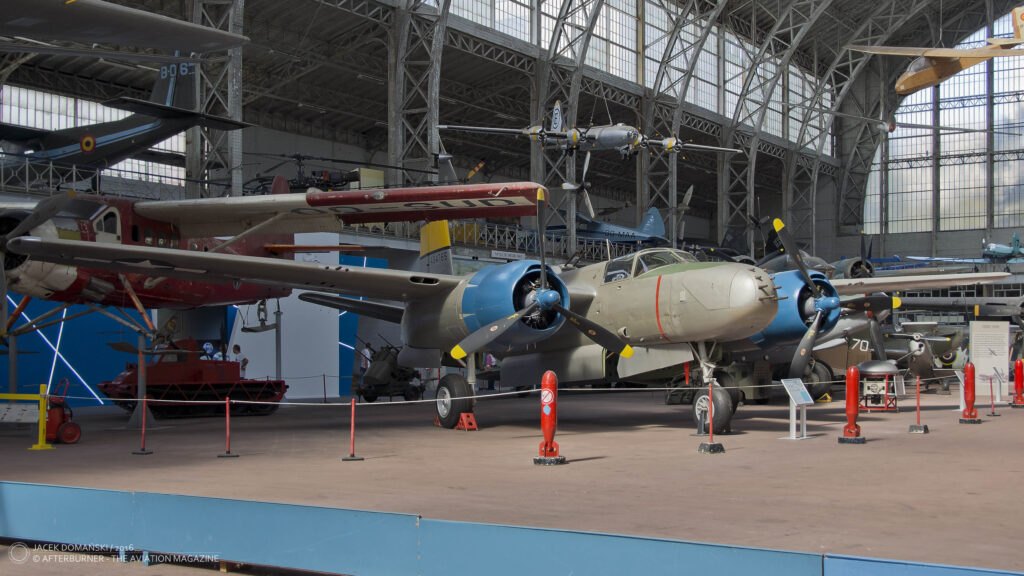
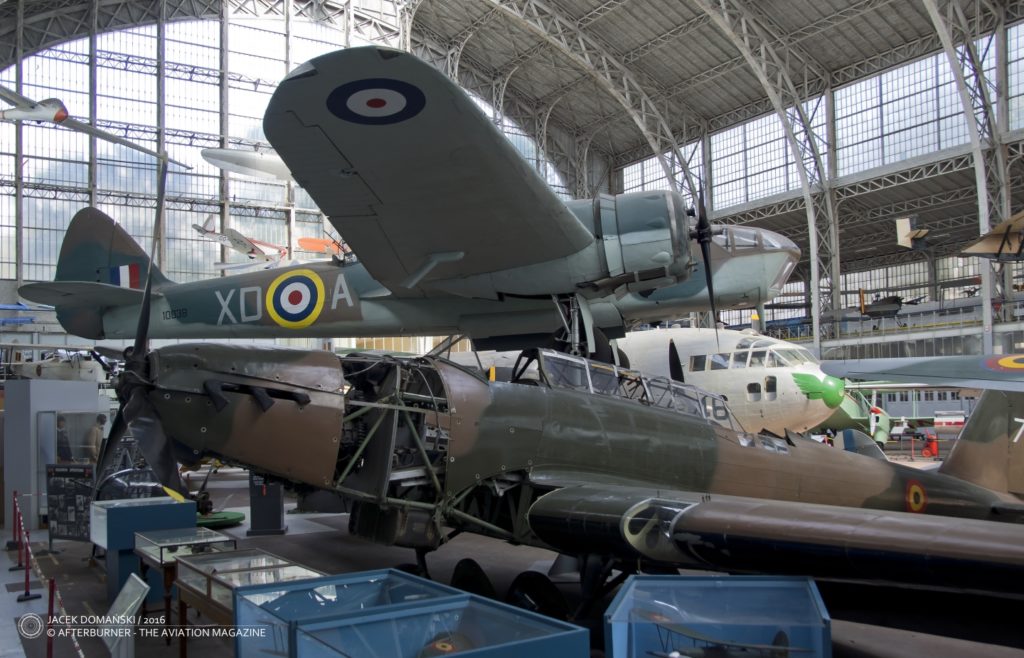
The collection of the first-generation jet aircraft is particularly impressive, including Republic F-84G Thunderjet, F-84F Thunderstreak, RF-84F Thunderflash, Gloster Meteor NF.11, Dassault MD 450 Ouragan, F-86F Sabre, T-33A Shooting Star, CF-100 Canuck and T.11 Vampire.
Among other interesting aircraft, Morane Saulnier MS-315, Junkers Ju 52, Lockheed F-104G Starfighter, McDonnell Douglas RF-4C Phantom II, C-119G Flying Boxcar, Fouga Magister and F-16 Fighting Falcon must be mentioned. Highlights of the helicopter section include Sikorsky S-58, Sea King, Bristol Sycamore and Agusta A109 BA. The other side of the Iron Curtain is represented by MiG-23 and MiG-15bis jet fighters, LET C-11 (Yak-11) trainer and Mi-24 attack helicopter.
The museum includes also two special sections – the first one is focused on history and operation of Sabena, the former national airline of Belgium that ceased its activities in 2001. In that section, the visitors can find nose section of Boeing 737-200, equipment and merchandise used by Sabena, as well as one of the most interesting airliners from the 1950s, Sud Aviation SE 210 Caravelle. The second special section is devoted to Alfred Renard, the Belgian aviation pioneer, inventor and aircraft designer. It also contains a collection of aircraft related to his professional activities.
Certainly, the aircraft mentioned above are only a part of the impressive collection of the Royal Museum of the Armed Forces and Military History in Brussels. The exhibition includes also displays related to history of the aircraft, aviation pioneers, balloons and airships, the Belgian Air Force in the World War II and post-war Belgian military aviation.
Apart from that stunning collection of aircraft, the museum includes several other sections that, although not related to aviation, are also worth visiting. Especially interesting is the Great War hall, with amazing collection of artillery, uniforms, armoured vehicles and other equipment. Nevertheless, also the displays focused on the World War II, Napoleonic Wars or post-revolution years are worth recommending. And, certainly, the exhibition of medieval arms and armour, mentioned above. In addition to the public display, the Royal Museum of the Armed Forces and Military History includes also the archives, map room and a library.


The collection is big enough for spending more than a day in the museum. Especially, if one would like to study the exhibition in detail. Nevertheless, the museum is one of the places one must see when visiting Brussels – even without being interested in military or aviation enthusiast, the collection of the museum is so attractive that no one will be disappointed.
The Royal Museum of the Armed Forces and Military History is located within the wider centre of Brussels, between Merode and Schuman metro stations. The underground is also the easiest way how to get to the museum, using line 1 or 5 and then taking a short walk from one of the aforementioned stations.
Entrance to the museum is located next to the Cinquantenaire Arch. As of September 2016, the entrance fee is 5 EUR, although please note that cash payments are not accepted, one can pay only with debit or credit card.
Every first Wednesday of the month, there is free admission to the museum, from 1:00 p.m. Additional services for the visitors include the café and the museum shop with souvenirs and history books that is located at the exit/entrance hall.
